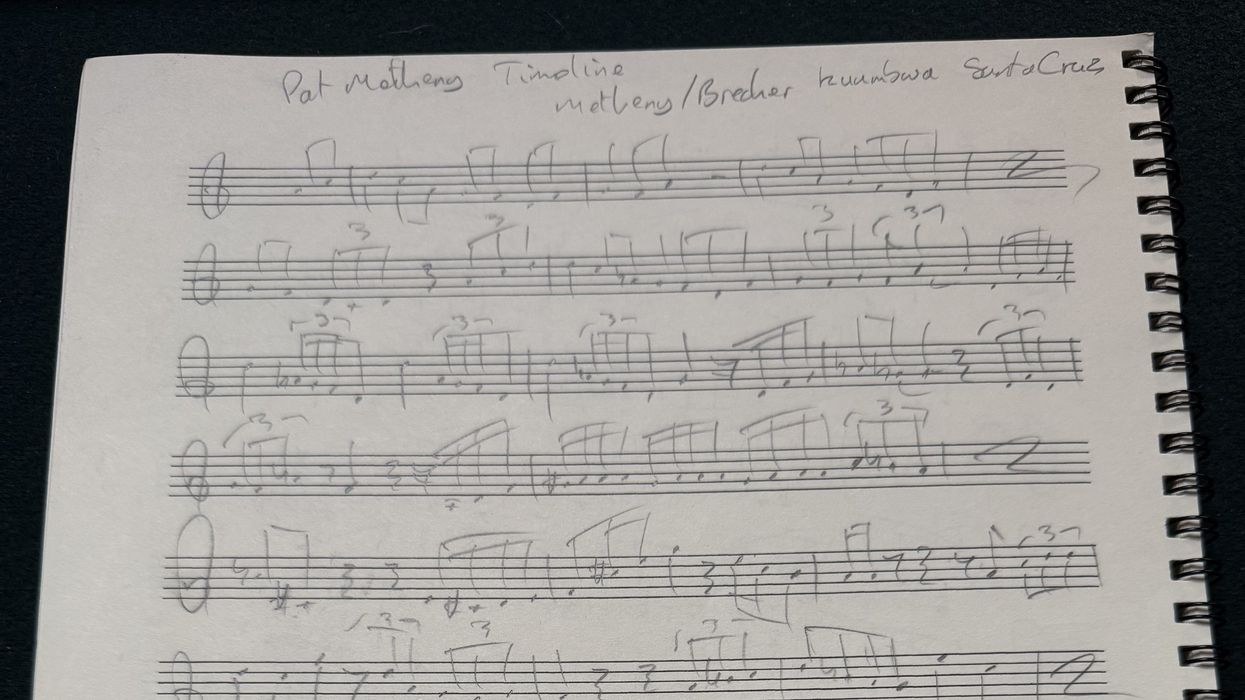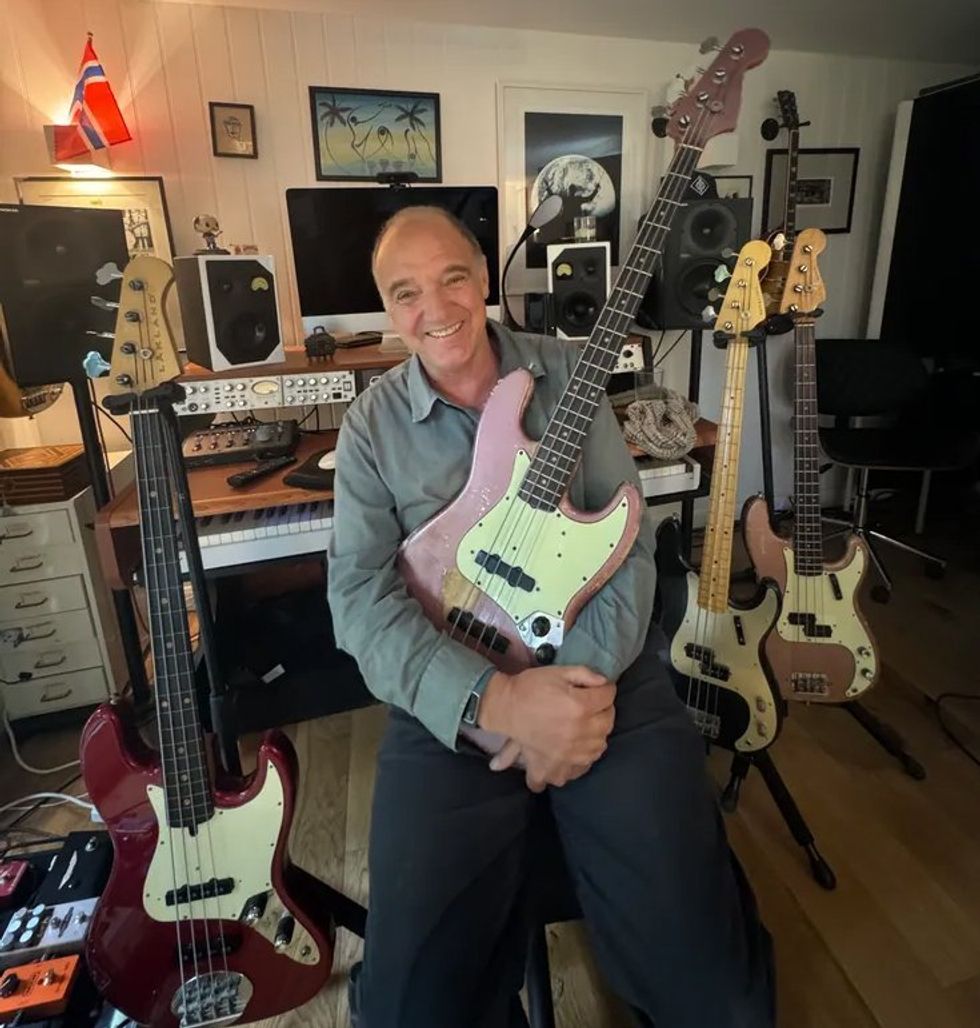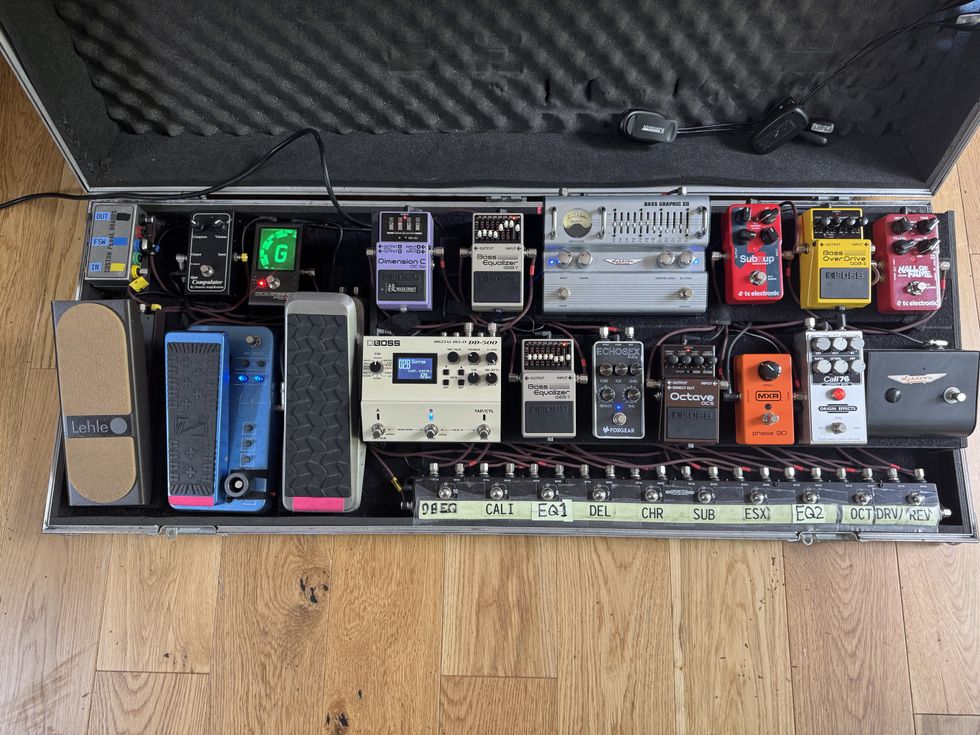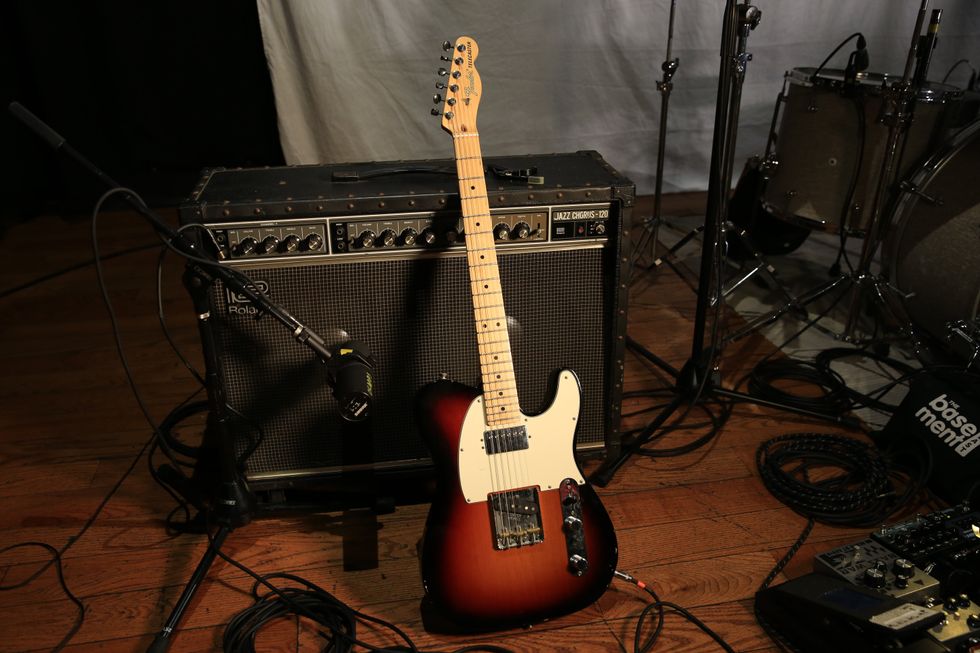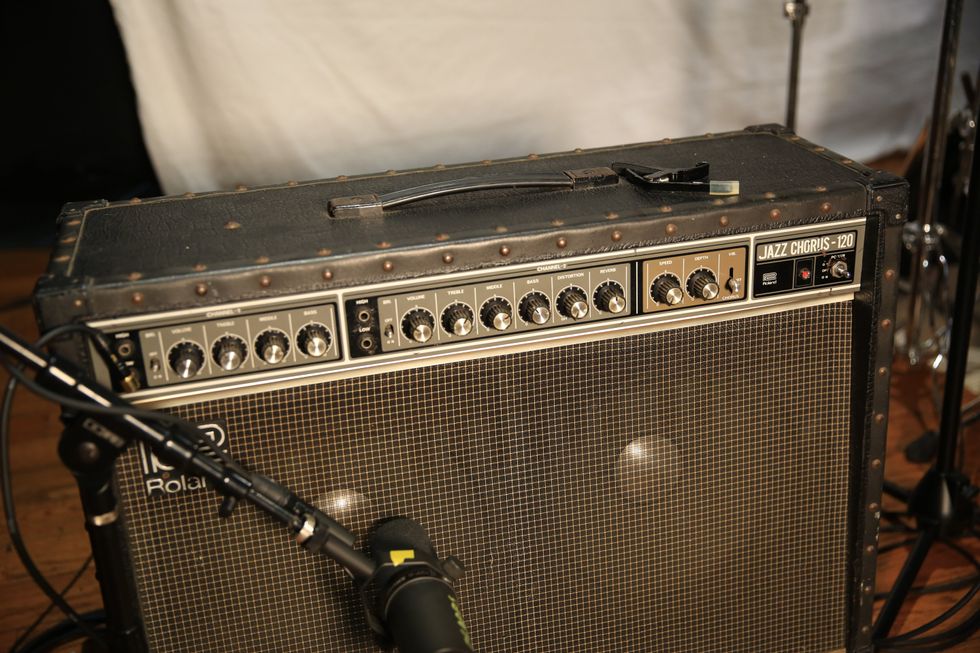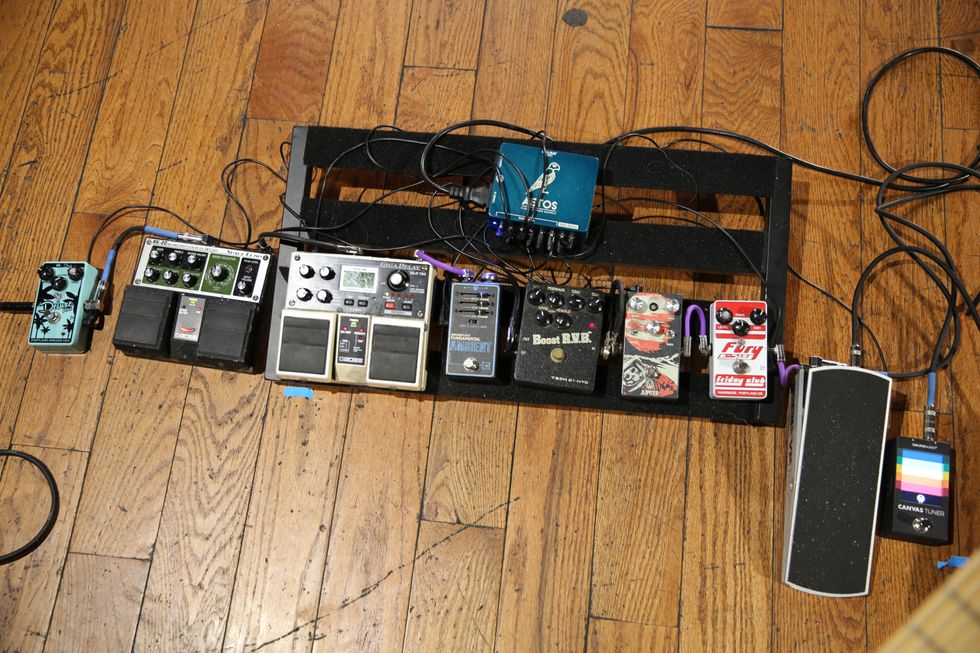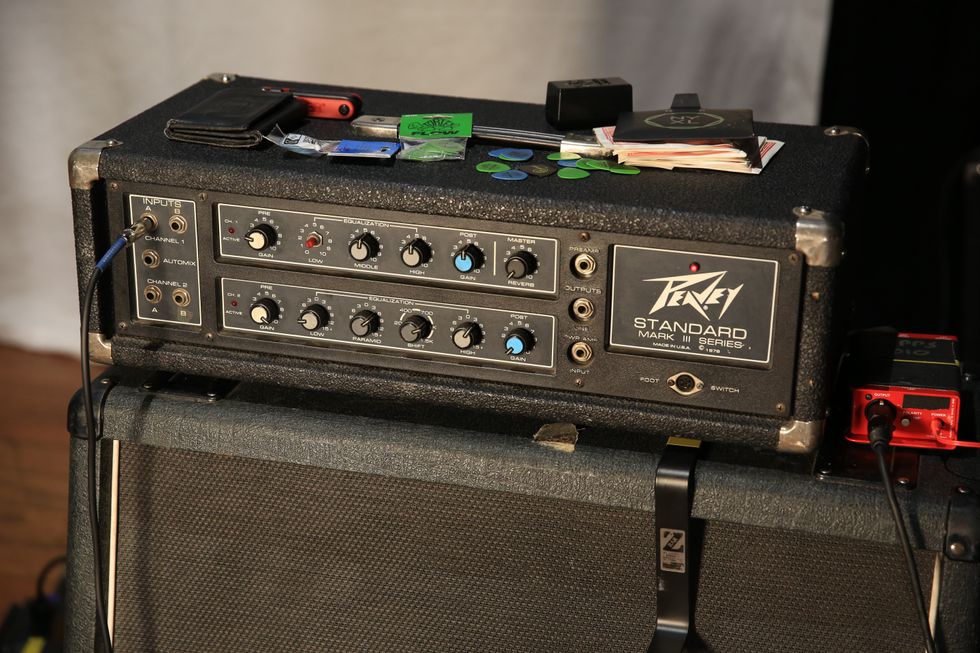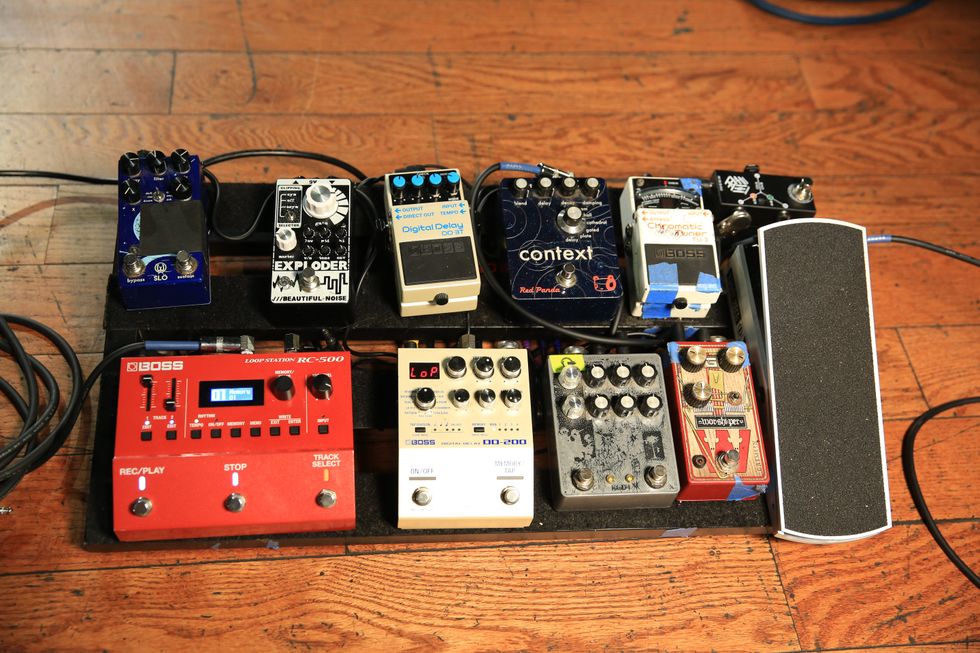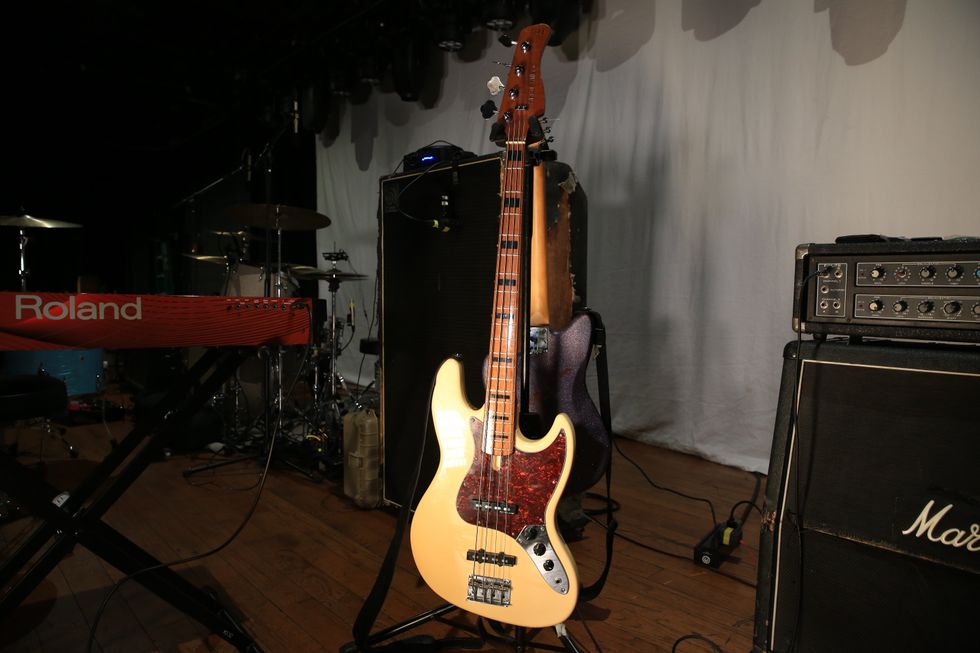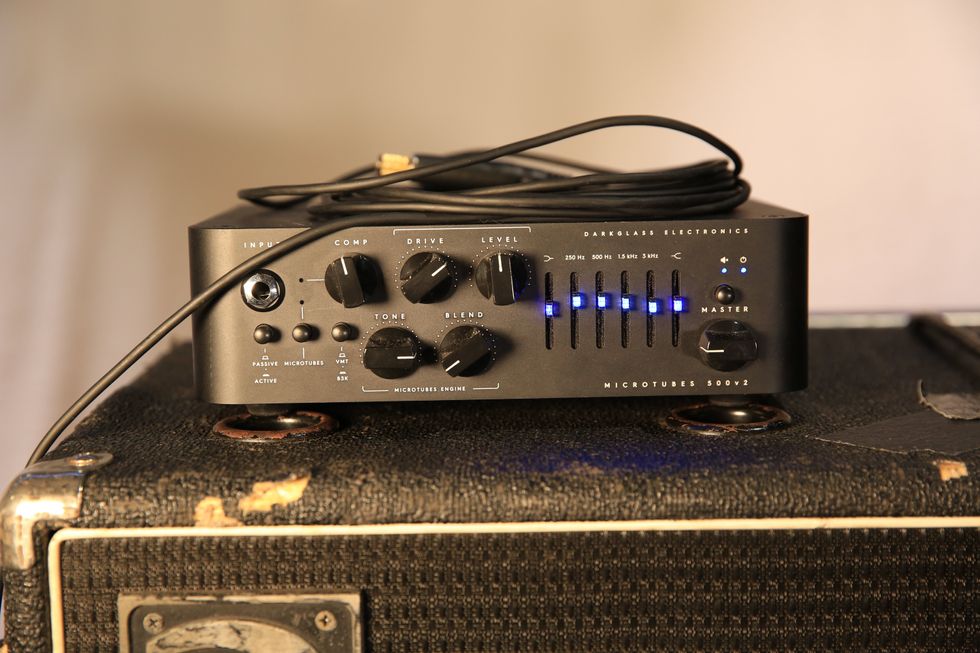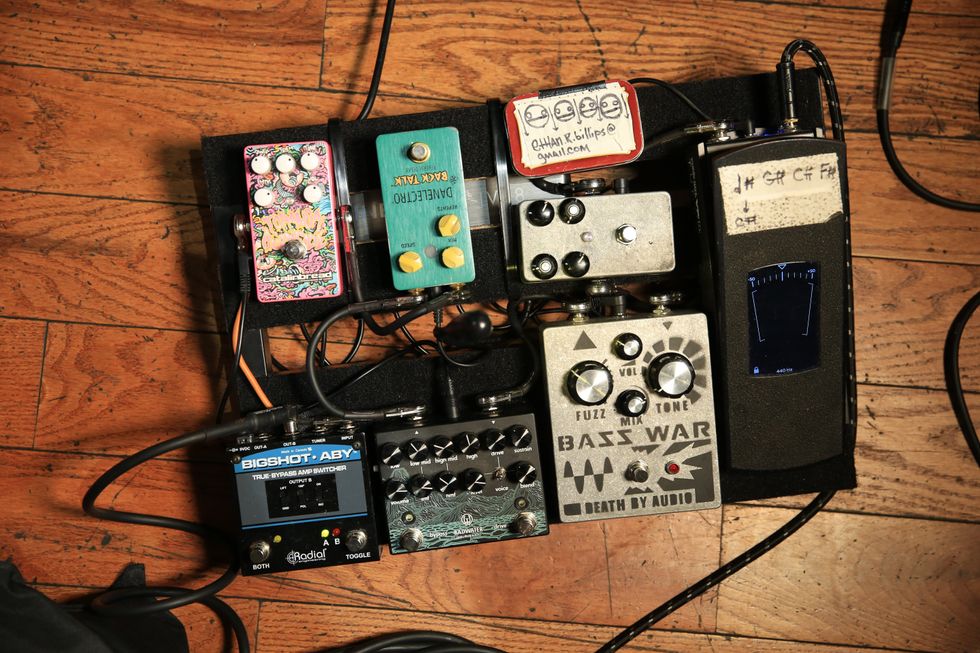There are many different ways to pursue the purchase of a vintage bass: traditional retail sales, trade-show sales, online auctions, online private-party and dealer purchases, and face-to-face private purchases. In this two-part column, I’ll provide information to help you choose the right bass, make the purchase go as smoothly as possible, avoid common mistakes, and stay out of trouble. This is supposed to be fun, but you worked really hard for your money and need to have peace of mind.
Common-Sense Pointers
Let’s start from the top down. You’re going to buy a vintage bass, and you want to be as successful as possible. These rules apply primarily to face-time buys. Being in music retail for over 30 years, I’ve seen it all and I’ve heard it all from other clients and fellow dealers. These items are intended to help you, the client. If a dealer blows his own toes off in a transaction, I’m not too worried.
Buying a vintage bass is a purchase of passion. Often, it falls into the spur-of-the-moment transaction category, also known as the age-old, “I like this better than the one I have” G.A.S. (Gear Acquisition Syndrome) purchase. These are the purchases that can land you in hot water—you end up selling one to pay for another, and it results in a bass being sold short. Are you ready to shop?
An old bass, like an old car or an old radio, will not have a warranty and will be devalued if it has the wrong components, problems, or issues. Knowledge is power! Read up on my columns dealing with components and others issues. Take a knowledgeable friend with you (more on this later).
Here are some general rules I give my clients. It may cost me a sale, but I will get a referral.
1. The bass you buy today is the bass you’ll sell in the proverbial tomorrow. If something is distracting or disturbing to you regarding the bass, it will do the same to the next purchaser.
2. You cannot learn to love. If the bass does not light you up at test drive time, it will not light you up after purchase. If it’s not lighting you up at purchase time, it’s not going to light you up at gig time. It’s not that there’s anything wrong with the bass; it’s just not for you.
3. Problems do not fix themselves. Don’t get me wrong—a tweak of the truss rod is a common event, especially during change of seasons. A scratchy pot happens. But a bass that sounds bad, plays horribly, or has structural issues will not correct itself. Don’t talk yourself into a purchase. As a trained professional, I can determine what will “adjust out” 99 percent of the time. A vintage bass in my shop must be retail presentable before it ever hits the sales floor.
4. All vintage basses are not the same—even those in the same product line. You just played your friend’s early-1963 Precision with the wide ’n’ flat neck, so you bought a late ’63. Guess what? Yours has the rounded C neck.
5. Do not shoot first and ask questions later. This will cost you round-trip shipping and a restocking fee.
Time to Kick the Tires
When determining if a bass is for you, the test drive shouldn’t take any longer than five minutes, tops. The vast majority of pro-level players and collectors can tell in 30 seconds if a bass is for them. If I get past the first minutes of a test drive and I still have the bass in hand, odds are I’m going to buy it. I have guys who come in and play a bass for hours and they’re still not sure. At this point, the test drive is over. Make your decision. Playing another three hours will not help. The average in-hand tryout time for a typical client is roughly 20–30 minutes. If you’re respectful with your volume and “sprawl space,” odds are you can play all day.
Leave your L.O.V.E.R. (LOcal Vintage ExpeRt) at home. I am a firm advocate of bringing a friend or a knowledgeable expert along. It aids in peace of mind and satisfaction with your purchase. The problem that every dealer has seen and every collector and forum reader knows about is the L.O.V.E.R. Make sure your second really knows what they’re doing. I have seen these folks make absolute fools of themselves with wrong advice, wrong pricing information, wrong analysis—just wrecking deals and reeking havoc for purchasers. Years ago, I saw the aftermath of a L.O.V.E.R. who told a guy that his two Fender 1963 Jazz basses had been refinished, so it was okay to refinish them to a color he liked. I sold the guy the two basses from a shop I worked at during that time, and they were very rare custom-color basses, which he stripped and ruined. Just because someone thinks he’s an expert does not mean he is. Wrong “expert” advice will cost you.
Next month, I’ll share some of the dealer’s perspective. Until then, drop the gig bag and bring the cannoli.
Kevin Borden
Kevin Borden has been a bass player since 1975 and is currently the principle and co-owner, with “Dr.” Ben Sopranzetti, of Kebo’s Bass Works: kebosbassworks.com. He can be reached at: Kebobass@yahoo.com. Feel free to call him KeBo.




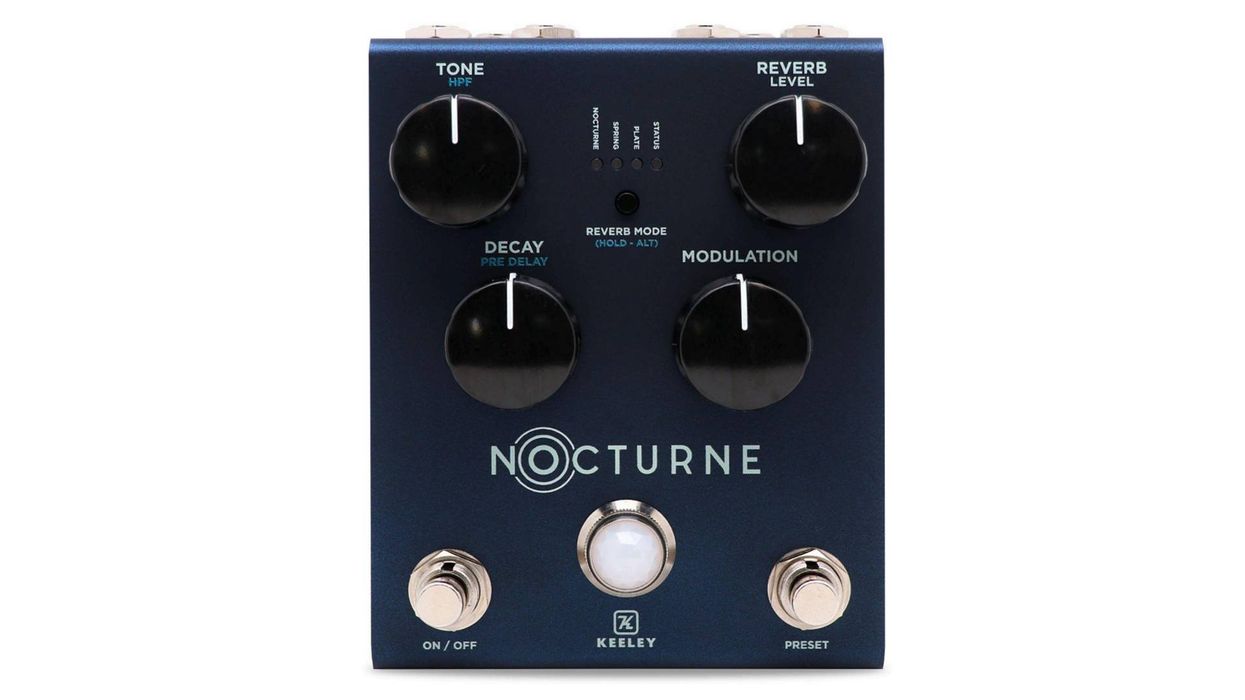

![Rig Rundown: AFI [2025]](https://www.premierguitar.com/media-library/youtube.jpg?id=62064741&width=1245&height=700&quality=70&coordinates=0%2C0%2C0%2C0)












 Shop Scott's Rig
Shop Scott's Rig





